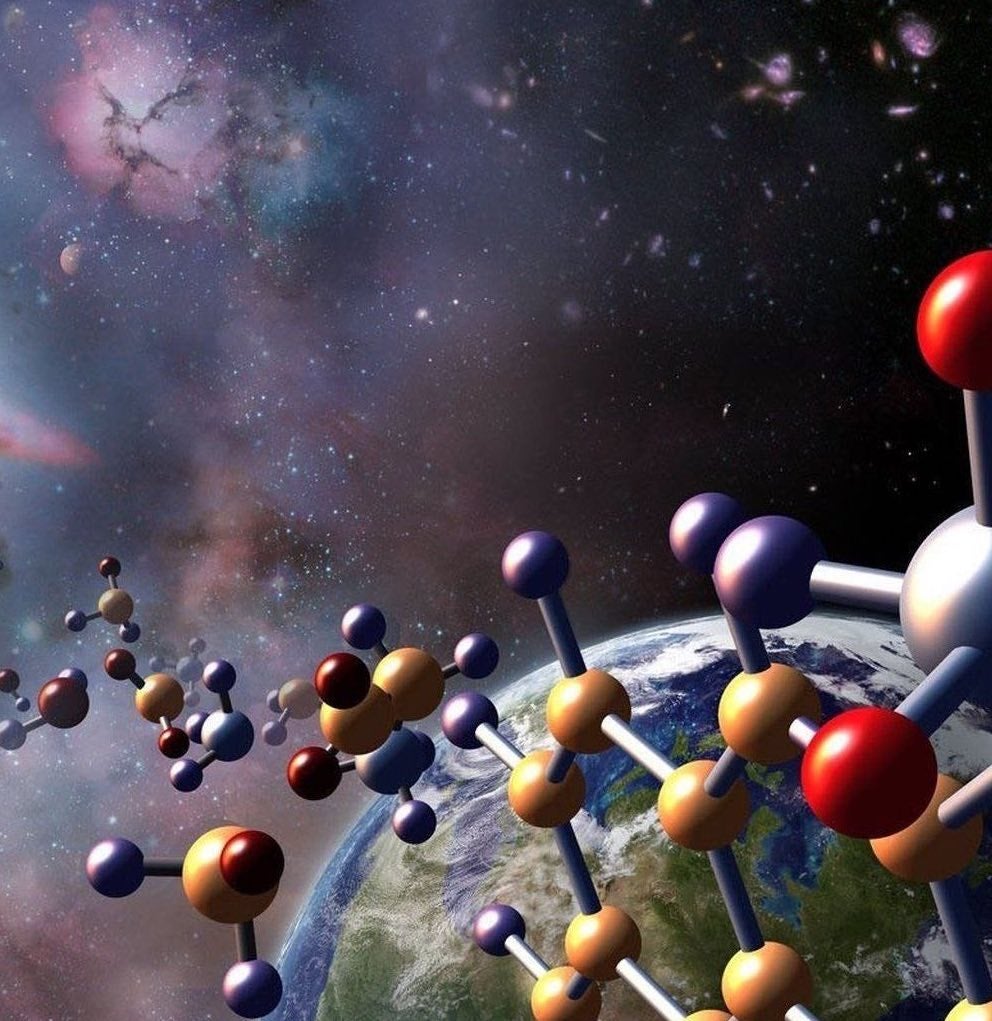
Almost all galaxies host giant black holes at their hearts, and it appears that the two are inseparable. But so far, astronomers have not been able to decode how they are connected. A new proposed space telescope called PRIMA hopes to dive into the distant past of cosmic history to untangle this vast cosmic mystery.
It’s fair to say that we wouldn’t be here without the Milky Way’s giant black hole. Known as Sagittarius A*, it weighs 2.5 million times the mass of the Sun and sits at the center of the galaxy, roughly 25,000 light-years away. Although the black hole is the largest single object in the galaxy, it’s still absolutely minuscule compared to the vast bulk of the galaxy, representing less than a tenth of a percent of the total mass of the Milky Way. If Sagittarius A* were to disappear tomorrow, we wouldn’t really notice.
But despite its relatively small size, that black hole packs an outsized punch. Black holes are enormous engines of pure gravity, capable of trapping any material, or entire stars, that happen to wander too closely. When they do, that material gets wound around the black hole, crammed together in a frenzy. This process heats up the gas to trillions of degrees, and the gas releases that heat in the form of high-energy radiation and streams of energetic particles.
Star formation slows
That radiation then floods the galaxy, heating up pockets of gas everywhere. That warm gas can’t collapse to form stars, and so star formation slows down, or even comes to a halt. But eventually, after millions of years pass, the gas cools off on its own, igniting a new round of star formation. That cooling gas then slinks down to the center of the galaxy, where it encounters the black hole and heats up, restarting the cycle anew.
If we didn’t have a giant black hole in the center of the Milky Way, then star formation would have proceeded much more quickly, burning up all the available reserves of gas billions of years ago…meaning that our solar system would likely not be around today.
See the PRIMA fact book .PDF here
But while astronomers believe this general idea to be true, there isn’t any conclusive evidence for it. And there are also strange outliers, like galaxies with far too little or far too much star formation for their size.
How PRIMA can wipe away the dust
One of the biggest obstacles to getting solid data about the relationship between giant black holes and galaxies is that both star formation and black hole outflows are inherently dusty processes, meaning that there’s a lot of molecular dust obscuring our view. The best way to pierce the veil of thick dust envelopes is with infrared telescopes, but previous and current instruments, like the Spitzer or James Webb space telescopes, aren’t tuned for the broad surveys at the right distance from Earth to seriously uncover what’s going on.
And then there’s PRIMA, the Probe far-infrared Mission for Astrophysics, led by a team at Cal Tech. PRIMA is currently in the proposal stage, with hopes to be designed, built, and launched by the end of the 2030’s.
In a recent paper submitted for publication to the journal Astronomy & Astrophysics, the team associated with PRIMA used sophisticated computer simulations of the complex relationships between black holes and their galaxies to see how much PRIMA could understand and test.
The results were nothing short of impressive. The best thing about PRIMA is that it will be capable of mapping thousands of galaxies at “cosmic noon”, a timeframe in the history of the universe occurring about 5-10 billion years ago where star formation was at its peak. This is also when the interaction between giant black holes and a galaxy’s stars was also its most complex, with blobs of material moving towards galactic centers and blasts of the black hole’s vicinity ringing back outwards.
PRIMA facie evidence
By mapping thousands of galaxies, astronomers hope to build a detailed accounting of what happens in galactic cores and how the galaxies respond. They won’t be able to watch this co-evolution unfold in real time (that takes millions of years), but “snapshots” from thousands of different galaxies will hopefully provide a complete picture. For example, the astronomers hope that PRIMA will be able to measure properties like the total amount of energy emitted by black holes and connect that to the rate of accretion onto those black holes and the total star formation rate inside each galaxy.
These simulations are still in their preliminary phase, as PRIMA is still under heavy development. But it shows how no single instrument, even a super-telescope like the James Webb, is capable of answering every question in the cosmos, especially thorny ones, like the complex, evolving relationships between galaxies and their giant black holes.









